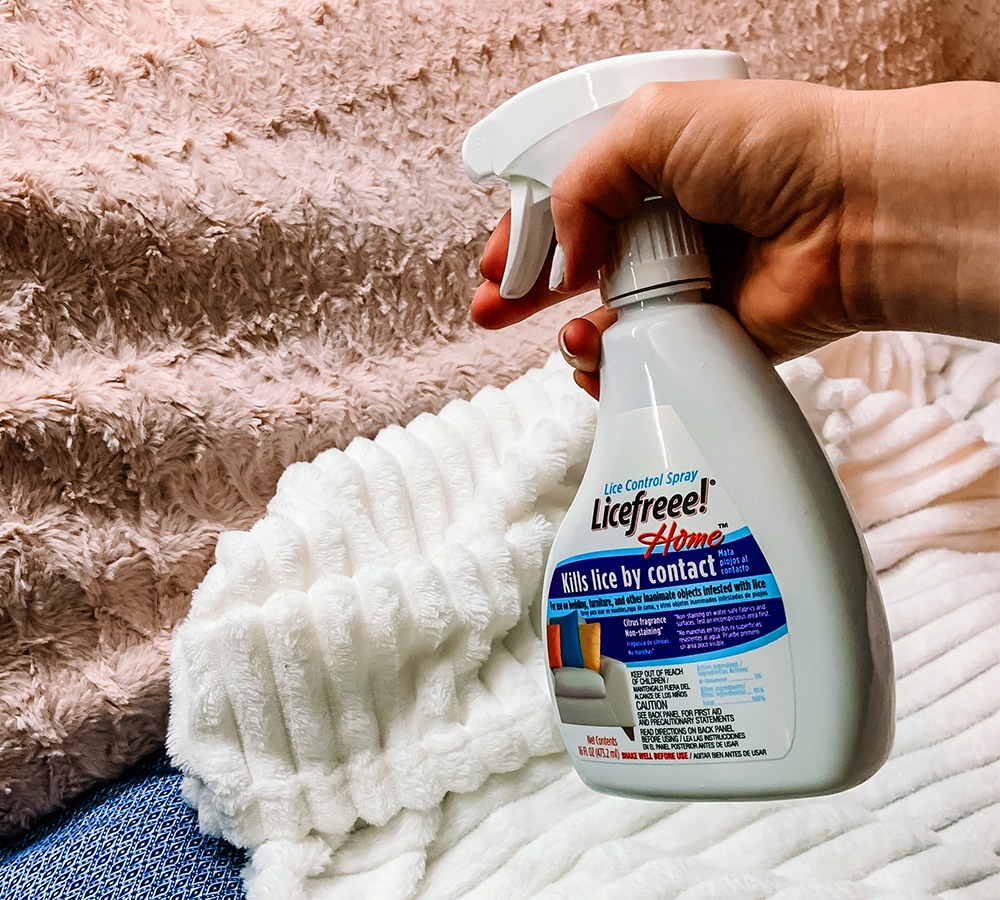
Dealing with a head lice infestation can be a daunting task, especially when considering the potential for lice and nits (lice eggs) to spread to bedding and other household surfaces. A common concern is whether nits can survive and hatch on bedding, potentially leading to re-infestation. In this article, we’ll explore how long nits can live on bedding, why they are unlikely to hatch off the scalp, and the best practices for ensuring a lice-free home using products like Licefreee Home.
Can Head Lice Live on Pillows and Sheets?
Head lice primarily live on the scalp, where they feed on human blood. However, they can occasionally be found on pillows, sheets, and other bedding. Adult lice can survive for about 1 to 4 days off the scalp, depending on temperature and humidity. During this time, they may crawl onto bedding or furniture. Nits, on the other hand, can survive up to 10 days off the scalp but are unlikely to hatch.
Why Nits Can’t Survive Long on Bedding
Nits are highly dependent on the warm, humid environment provided by the scalp to develop and hatch. Here’s why they don’t survive long on bedding:
- Temperature Sensitivity: Nits require the warmth of the human scalp, which is around 98.6°F (37°C), to hatch. Bedding and other surfaces are usually at or below room temperature, which is not conducive for nits to develop.
- Humidity Requirements: The humidity levels on the scalp are ideal for nits. In contrast, the environment on bedding is typically much drier, making it difficult for nits to survive.
- Lack of Movement: Once off the scalp, nits cannot move to find a more suitable environment. They remain where they fall, which is often not optimal for hatching.
How Long Can Nits Live on Bedding?
While nits can technically survive for up to 10 days off the scalp, their chances of hatching are minimal. Without the necessary warmth and humidity, they become non-viable. Therefore, even if nits are found on bedding, they are unlikely to hatch and pose a significant risk of re-infestation.
Precautions to Take for Bedding and Sheets
To ensure a lice-free home and prevent any potential spread of lice and nits, it’s important to take certain precautions:
- Wash Bedding: Wash all bedding, including sheets, pillowcases, and blankets, in hot water (at least 130°F or 54°C). Dry them on the highest heat setting for at least 20 minutes to kill any lice or nits.
- Vacuum Thoroughly: Vacuum mattresses, pillows, and any upholstered furniture where lice may have crawled.
- Use Licefreee Home: For non-washable surfaces, Licefreee Home is an effective solution. This product kills lice on contact and can be used on mattresses, pillows, couches, and other household items.
Licefreee Home: Your Lice-Busting Hero
Licefreee Home, powered by naturally-derived d-limonene, is designed to tackle lice on non-washable surfaces, making it an essential tool in your lice treatment arsenal.
Benefits of Licefreee Home:
- Kills Lice on Contact: Simply spray on affected areas, let it dry, and you’re done.
- Versatile Application: Ideal for use on mattresses, pillows, cushions, couches, and other non-washable surfaces.
- Non-Staining Formula: Safe to use on water-safe fabrics and surfaces without leaving stains.
- Fresh Citrus Scent: Leaves a pleasant aroma while effectively battling lice.
While nits can survive on bedding for a short period, their chances of hatching are extremely low without the warmth and humidity of the scalp. Taking proactive measures such as washing bedding in hot water, vacuuming thoroughly, and using products like Licefreee Home can help you maintain a lice-free home. By understanding the lifecycle of head lice and the conditions nits require to hatch, you can effectively prevent and treat infestations, ensuring a comfortable and lice-free living environment.
